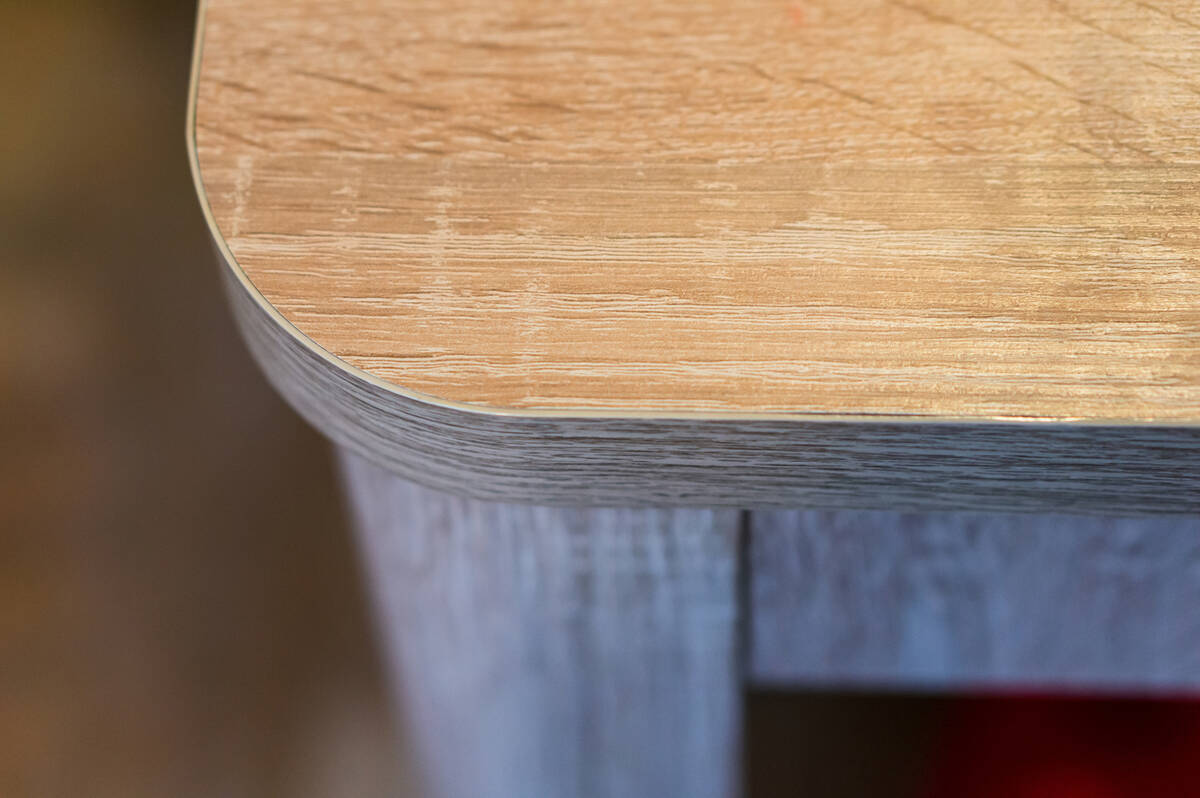A tricky, sticky fix for peeling laminate countertop
Q: I have plastic laminate on my countertops. Some of the edging around the laminate has come off, while other parts are starting to curl. How can I reattach the laminate and prevent it from lifting off again?
A: I feel your pain. Poor installation, the wrong adhesive or water seeping behind the laminate probably caused it to peel from the sides of the countertop.
When countertops are laminated, the sides are glued first and then the top. This way the top overlaps the joint and helps prevent water from seeping behind it.
It may be that the top was glued on first and then the sides, which would leave the sides vulnerable to water getting between the laminate and the wood substrate. Higher-end laminate countertops are rounded over (have no edge joints at the front of the counter), which greatly helps to prevent water from seeping behind the laminate.
You will need some contact cement and a brush. A quart of contact cement will cost less than $15 at a home center.
Take the piece of laminate that fell off and give it a light sanding (on the adhesive side). Many times when laminate peels off, the old contact cement forms bumps. Also remove any bumps on the wood substrate.
I use a sponge brush to apply the contact cement. Dip the brush into the can and dab it onto both the laminate and the wood substrate surfaces. The contact cement is milky, but it turns clear after it dries. Apply two coats on each, and when it dries you are ready to stick them together. Allow the first coat to dry before you apply a second coat.
This is where you have to be absolutely sure that the laminate is properly aligned with the wood. Once the two pieces touch each other, they stick really well.
If you have to pull it up, you risk breaking the laminate. If you break it, you have to hope you can find a close color and pattern. Then you have to cut it, glue it and use a laminate-cutting bit chucked in a router as you try to avoid leaving burn marks in the surrounding work. Avoid all of this and just make sure the pieces are aligned.
If you get nervous, use toothpicks or wood dowels to separate the glued pieces and prevent them from touching prematurely. The wood dowels/toothpicks won’t stick to the glue as they haven’t been covered in glue.
Once the pieces are joined, start in the middle and push out any bubbles that may have developed. You can use a wallpaper roller or even a rolling pin. This will ensure that the surfaces are touching.
Mike Klimek is a licensed contractor and owner of Las Vegas Handyman. Send questions to handymanoflasvegas@msn.com or 4710 W. Dewey Drive, No. 100, Las Vegas, NV 89118. Visit handymanoflasvegas.com.
Do it yourself
Project: Re-glue laminate
Cost: Under $20
Time: 1-2 hours
Difficulty: ★★★























